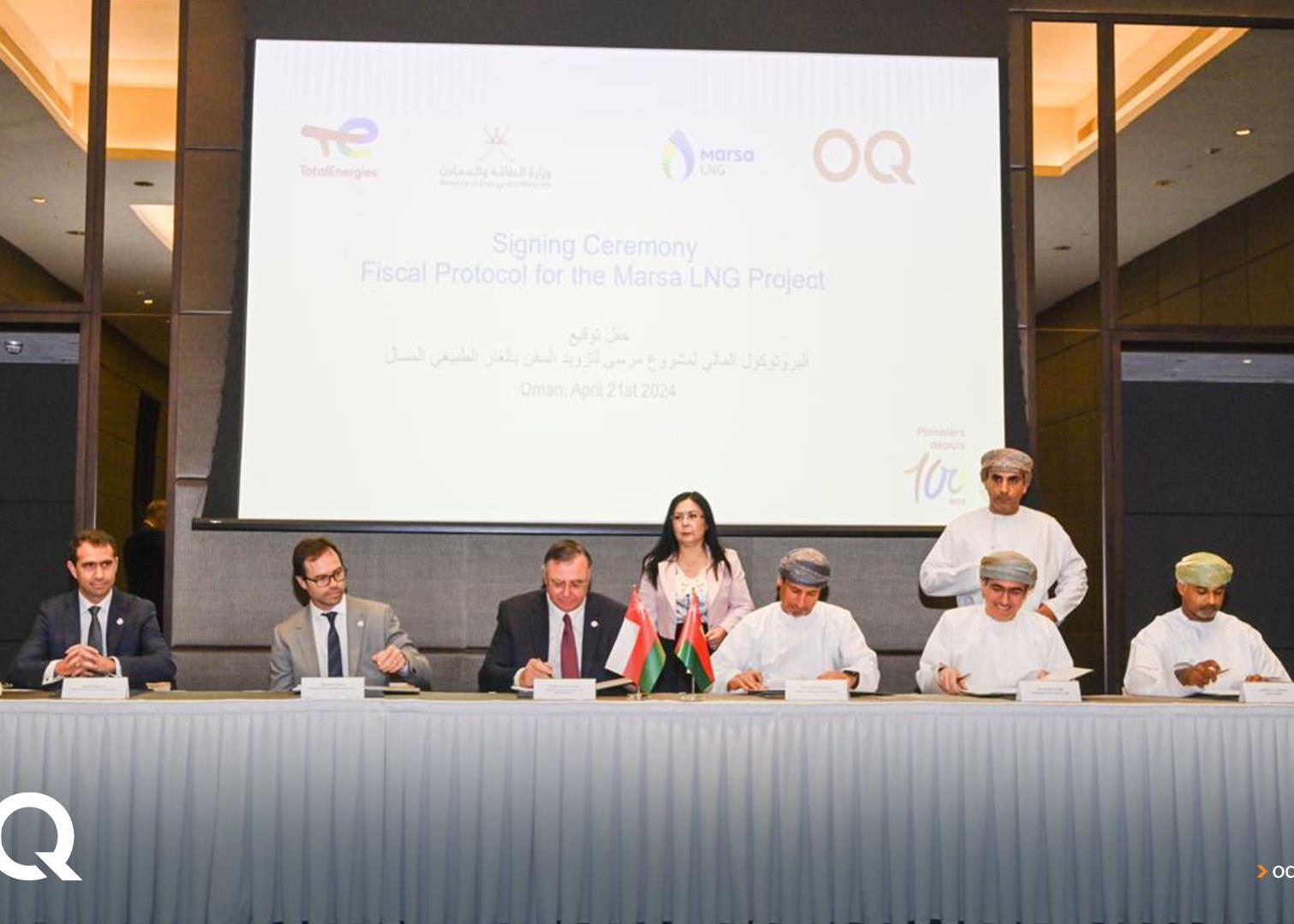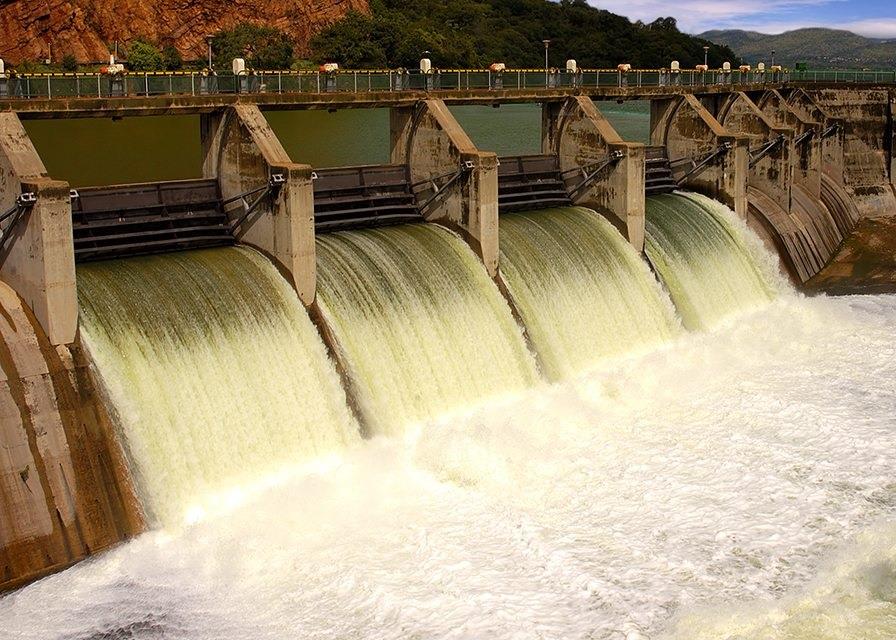
Margin of return on the project is likely to be high
Qatar is rapidly becoming one of the most exciting projects markets in the Middle East and North Africa (Mena) region, if not the world, with its ambitious plans to host the 2022 Fifa World Cup and a raft of huge industrial projects planned for the next decade.
That ambition is not new. Indeed, by the time the football tournament is held, 20 years will have passed since Qatar Petroleum (QP), along with UK/Dutch Shell Group, made a statement of intent to lead the region in downstream gas technology. Their plan: to build fully integrated gas production and gas-to-liquids (GTL) facilities on a scale that had never been attempted before.
The World Cup will also mark the 10th anniversary of that project coming to fruition, with the scheme producing 140,000 barrels a day (b/d) of petroleum products from late 2012 onwards, making it the biggest GTL facility in the world.
Efficient processing
The Pearl GTL project cost an estimated $19bn to complete, and linked 22 production wells and two offshore production platforms at the giant North Field gas reservoir with a huge process plant made up of a two-train gas processing unit, 24 reactors and world-scale refining, cracking and distillation facilities. At full capacity, the facility converts 1.6 billion cubic feet of natural gas a day into 30,000 barrels of naphtha, 25,000 barrels of kerosene, 50,000 barrels of gas oil and 30,000 barrels of base oils.
The Pearl project was first announced in 2002, when QP and Shell released a formal statement of intent. Over the next year, the partners funded and completed seismic and feasibility studies before signing another agreement to continue work on the scheme. It was 2004 before they signed a binding development and production-sharing agreement. A year later, the US KBR and Japans JGC completed front-end engineering and design (feed) studies for the project, and in 2005 and 2006 the partners tendered the main engineering, procurement and construction (EPC) projects.
The construction contracts were tendered during a period of unprecedented regional demand for construction services and materials, and it was almost a year before QP and Shell decided the project was financially feasible, despite the projected cost having trebled from initial estimates of about $5bn. In July 2006, the partners announced that they had made a final investment decision and moved to formally award EPC contracts.
In August 2006, the US J Ray McDermott was awarded the main $450m offshore package on the project, the most important components of which were the construction of two offshore production platforms (Pearl 1 and Pearl 2), each connected to 11 production wellheads. In November of that year, the US company was awarded the contract to build two 30-inch pipelines connecting the platforms with the onshore Pearl facilities.
Chiyoda Corporation and Hyundai Heavy Industries (HHI), of Japan and South Korea respectively, were awarded the $1.5bn EPC contract to build the two-train feed gas preparation plant to process the gas produced at the North Field so that it is ready to be converted into liquids.
JGC and KBR were awarded the construction contract for the main processing plant. Because the facility uses proprietary Shell technology, this contract was not put to tender, but was directly awarded to the Japanese and US consortium, which had already worked on the feed design of the scheme. They also oversaw project management in a deal awarded in 2005.
Germans Linde won the $900m EPC deal for the main air separation unit at the plant, while Hyundai Engineering & Construction of South Korea and Toyo Engineering of Japan were awarded the $1.5bn contract to build a liquid processing unit to convert the gas liquids into petroleum products.
Production ramp-up
The Pearl GTL was commissioned in two phases, with production from the first processing train gradually ramped up in late 2010 and early 2011. The first shipment of GTL fuel left Qatar in June 2011 and the second train was brought onstream in late 2012.
Shell said in 2006 the facility would produce 3 billion barrels of petroleum products over its working lifetime, at a cost of between $4-6 a barrel, with an implied cost of $12bn-18bn. Shell has since said that the overall development cost was $18bn-19bn, placing the average cost of a barrel of product at more than $6. But with crude oil averaging $100-plus on international markets in recent years, and the clean fuels the scheme produces attracting a premium over dirtier products, the margin of return on the project is likely to be high.
The project has continued to generate work for contractors in the region, meanwhile, with a joint venture of the local Almana Trading and Chiyoda winning a major deal in May 2013 to provide feed and EPC services on all brownfield projects at the Pearl plant over the following four years.
You might also like...

Ajban financial close expected by third quarter
23 April 2024

TotalEnergies awards Marsa LNG contracts
23 April 2024

Neom tenders Oxagon health centre contract
23 April 2024

Neom hydro project moves to prequalification
23 April 2024
A MEED Subscription...
Subscribe or upgrade your current MEED.com package to support your strategic planning with the MENA region’s best source of business information. Proceed to our online shop below to find out more about the features in each package.








